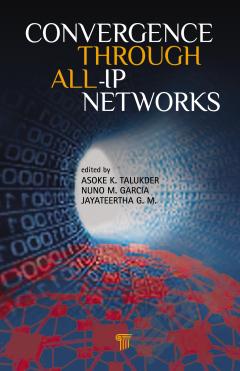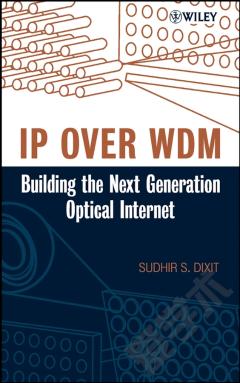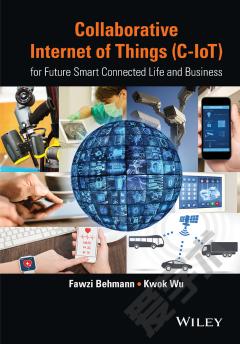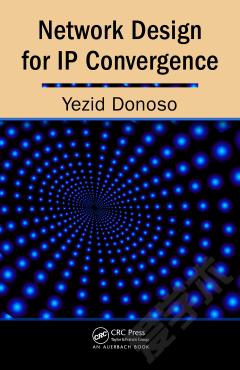Interconnecting Smart Objects with IP —— The Next Internet
----- 互联智能对象与IP
Smart object technology, sometimes called the Internet of Things, is having a profound impact on our day-to-day lives. Interconnecting Smart Objects with IP is the first book that takes a holistic approach to the revolutionary area of IP-based smart objects. Smart objects are the intersection of networked embedded systems, wireless sensor networks, ubiquitous and pervasive computing, mobile telephony and telemetry, and mobile computer networking. This book consists of three parts, Part I focuses on the architecture of smart objects networking, Part II covers the hardware, software, and protocols for smart objects, and Part III provides case studies on how and where smart objects are being used today and in the future. The book covers the fundamentals of IP communication for smart objects, IPv6, and web services, as well as several newly specified low-power IP standards such as the IETF 6LoWPAN adaptation layer and the RPL routing protocol. This book contains essential information not only for the technical reader but also for policy makers and decision makers in the area of smart objects both for private IP networks and the Internet. Shows in detail how connecting smart objects impacts our lives with practical implementation examples and case studies Provides an in depth understanding of the technological and architectural aspects underlying smart objects technology Offers an in-depth examination of relevant IP protocols to build large scale smart object networks in support of a myriad of new services Table of Contents Part I: The Architecture Chapter 1: What are Smart objects? Chapter 2: The IP protocol architecture Chapter 3: Why IP for smart objects? Chapter 4: IPv6 for Smart Object Networks and The Internet of Things Chapter 5: Routing Chapter 6: Transport Protocols Chapter 7: Service Discovery Chapter 8: Security for Smart Objects Chapter 9: Web services For Smart Objects Chapter 10: Connectivity models for smart object networks Part II: The Technology Chapter 11: What is a Smart Object? Chapter 12: Low power link layer for smart objects networks Chapter 13: uIP A Lightweight IP Stack Chapter 14: Standardization Chapter 15: IPv6 for Smart Object Networks - A Technology Refresher Chapter 16: The 6LoWPAN Adaptation Layer Chapter 17: RPL Routing in Smart Object Networks Chapter 18: The IPSO Alliance Chapter 19: Non IP Technology Part III: The Applications Chapter 20: Smart Grid Chapter 21: Industrial Automation Chapter 22: Smart Cities and Urban Networks Chapter 23: Home Automation Chapter 24: Building Automation Chapter 25: Structural Health Monitoring Chapter 26: Container Tracking
{{comment.content}}








 京公网安备 11010802027623号
京公网安备 11010802027623号